Currents of Memory
Writer Sheila Regan reviews Nina Canell's exhibition, "Stray Warmings," at Midway Contemporary Art in Minneapolis through April 6.
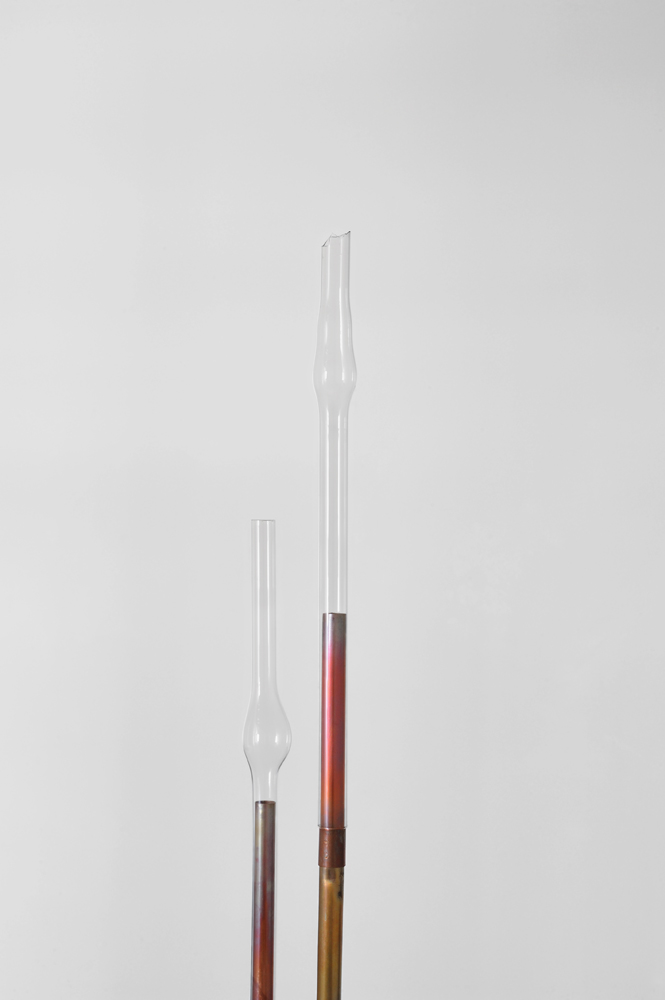
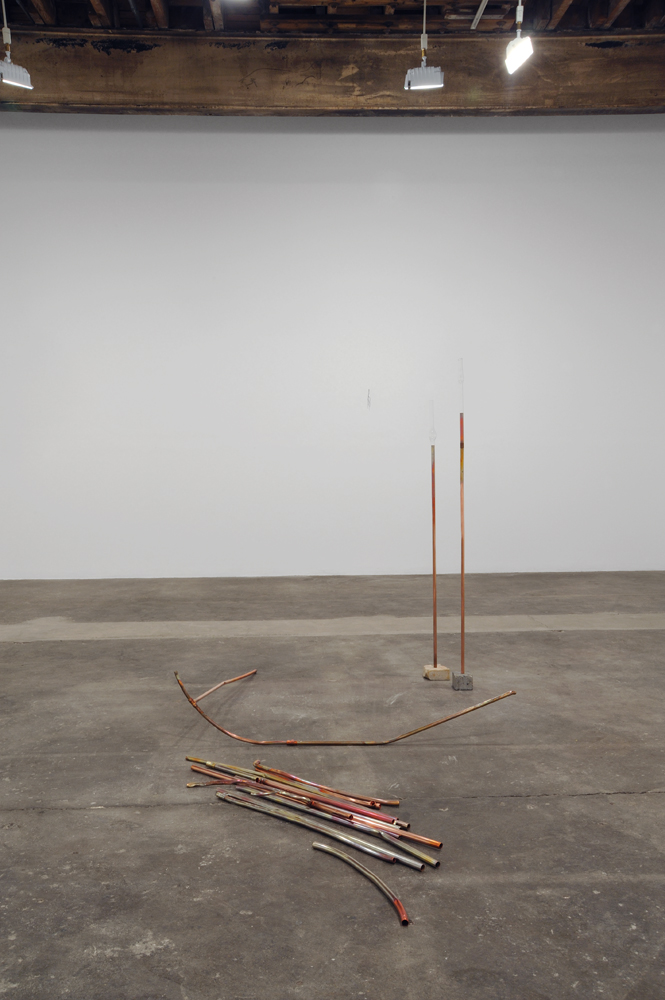
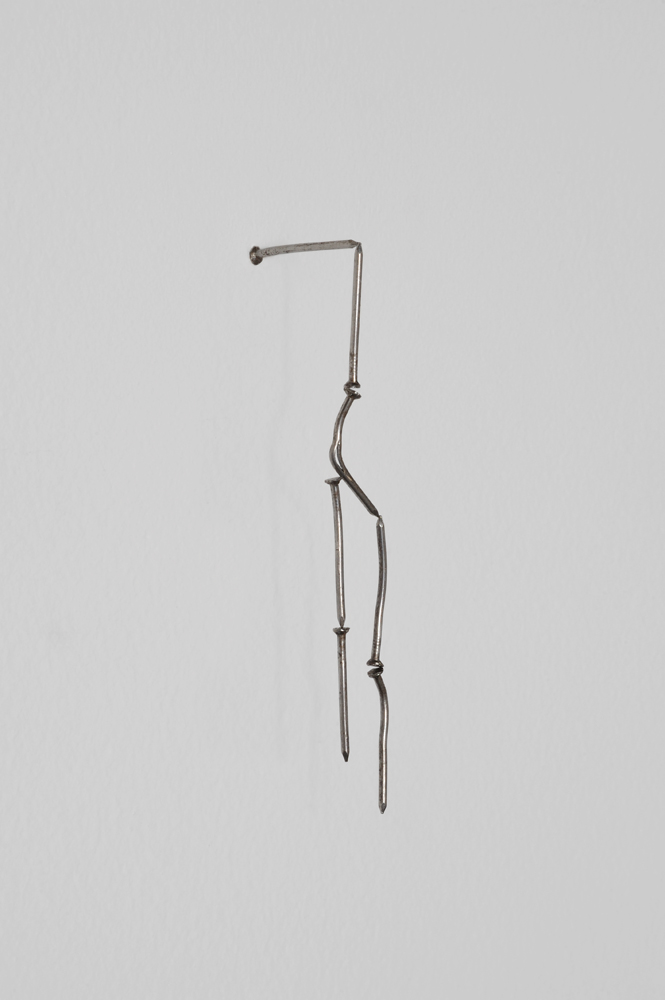
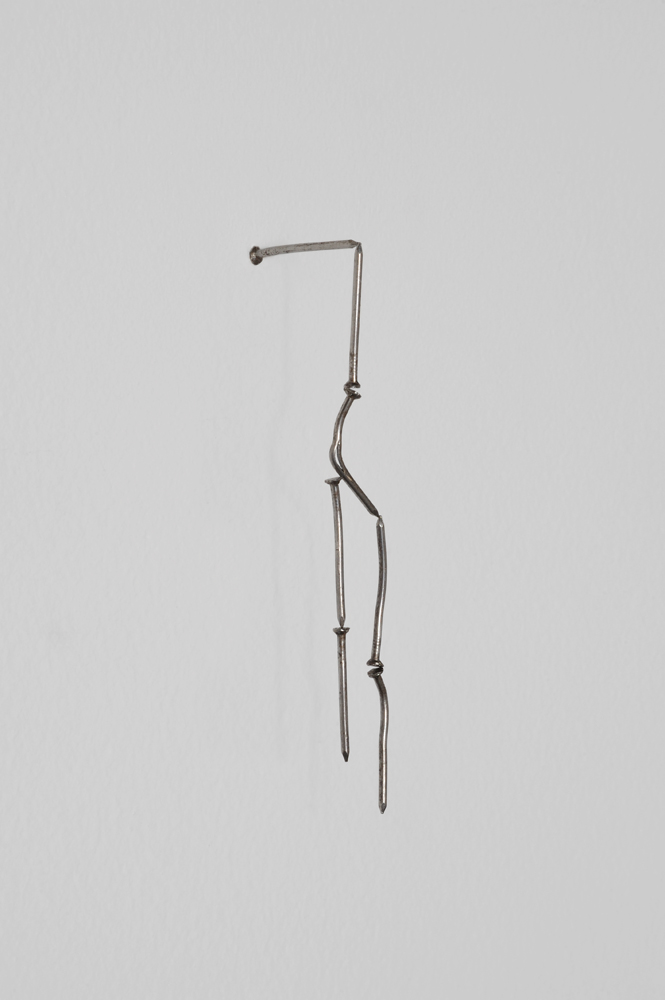
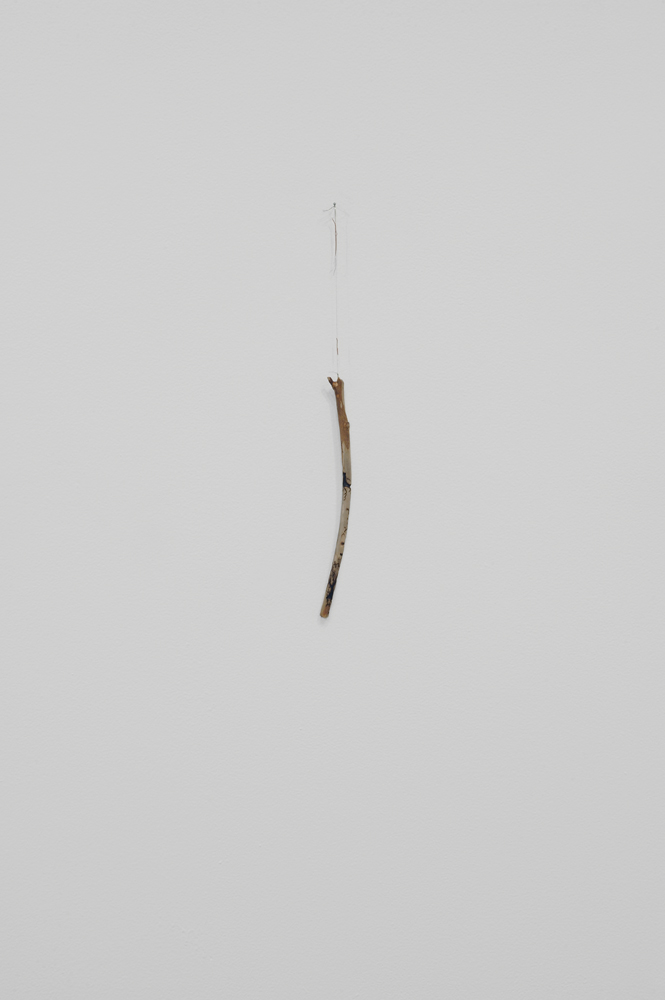
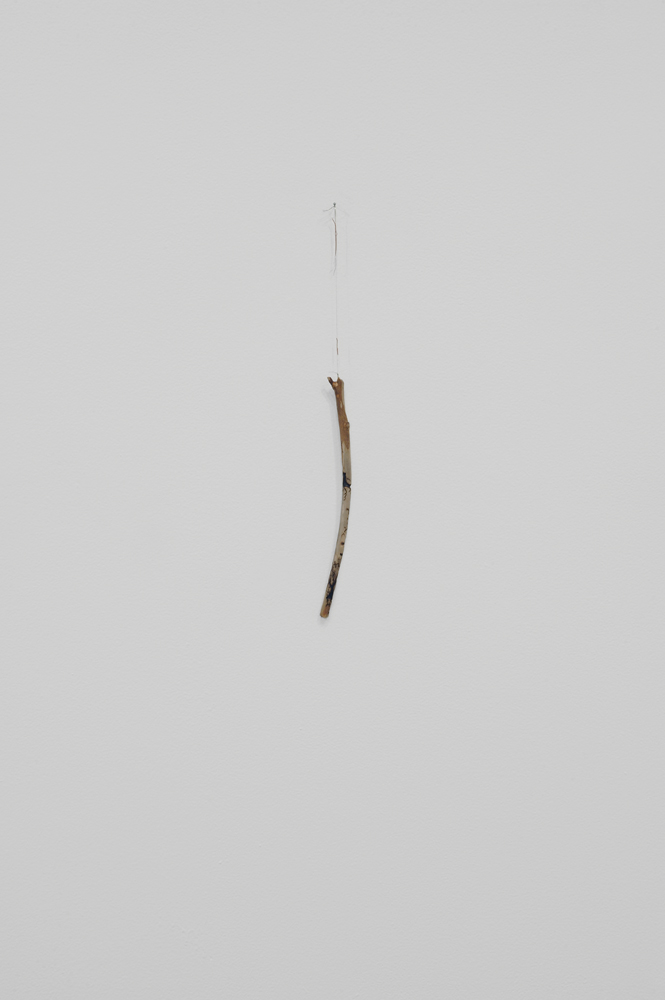
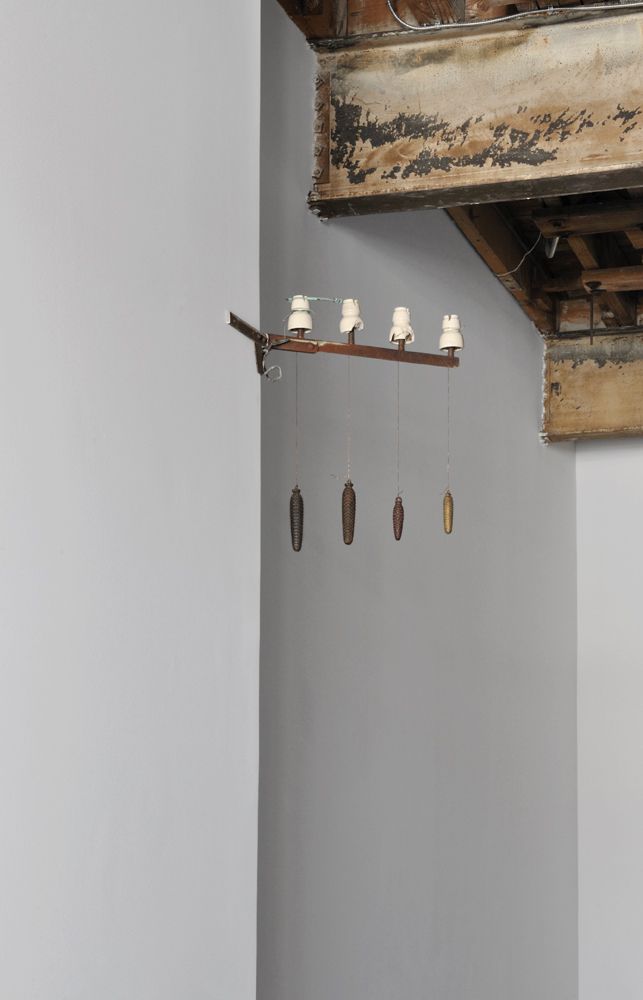
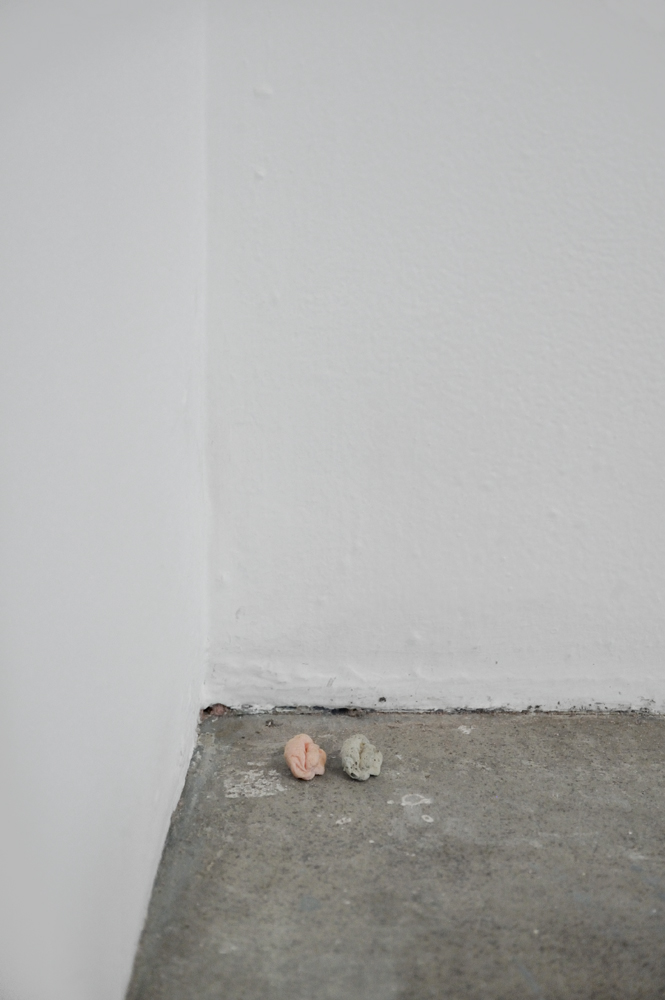
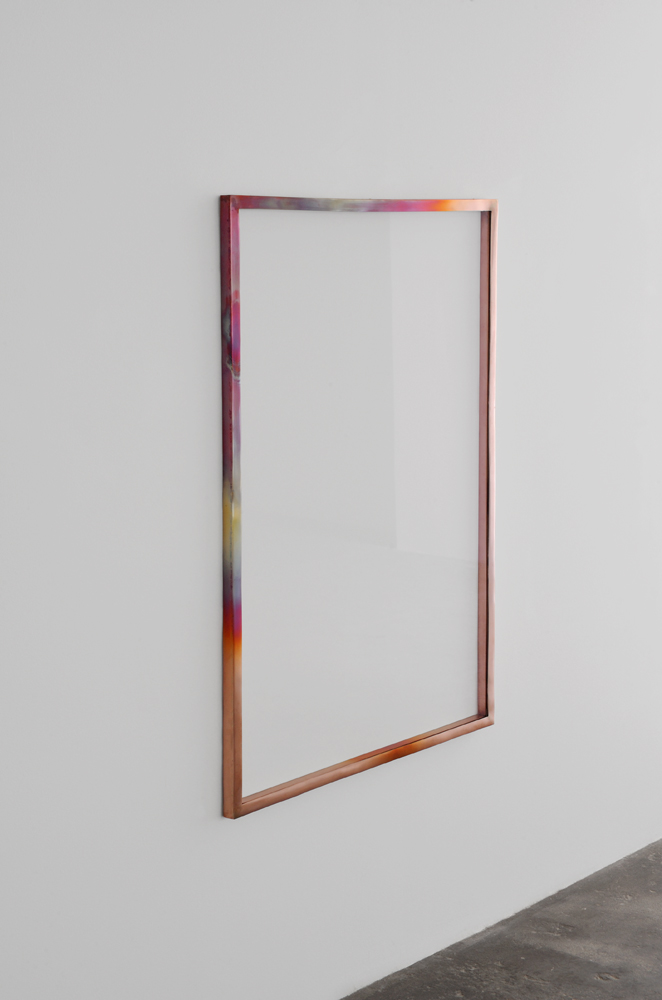
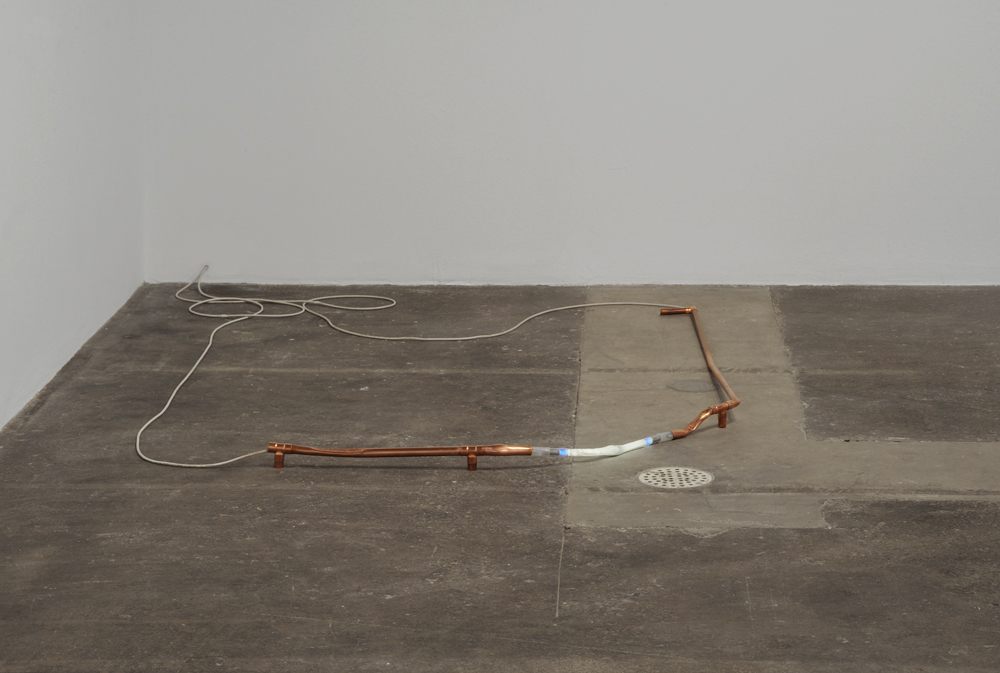
Walking through Stray Warmings, an exhibition now at Midway Contemporary Art, is like walking through a junkyard. The work is by by Nina Canell, an artist born in Sweden, educated in Dublin, and who currently works in Berlin; there are bits of scrap metal lying around, obscure electrical devices, chewing gum, sticks and nails, all scattered about, seemingly haphazardly. Canell creates a space that echoes with the decline of civilization, filled with objects that could have once been majestic but have since fallen to ruin, monuments marking some greater time.
The show was inspired, in part, by the artist’s September 2011 trip to the Twin Cities, at which time she toured Minneapolis’s St. Anthony Main park, near the Midway neighborhood’s old hydro-electric plant. In a February 16 talk at the gallery, Canell said she was struck by the “remnants of electricity production,” she saw there. That said, she doesn’t view her work as site-specific; rather, the artist describes the influence of the locale on her work as a kind of associative memory that drives the way she assembles objects, a riff on the atmosphere she encountered in that place.
There’s a quality of abandonment in the exhibition — she’s created a place characterized by relics of our industrial world. Her use of copper as a medium for work, in particular, heightens the sense of decay. Canell has treated the copper in different ways, lending the pieces an array of blues and greens, in addition to the rich copper color of the freshly exposed material; in some cases, she’s worked the copper in such a way as to bleach out the color altogether. And the metal will also oxidize over time, continuing to change and evolve by virtue of the material itself, so that the show won’t look quite the same at the end of the run as it did in the beginning. These works inevitably “undo themselves over time,” she says.
Clumped in the center of the gallery is the titular piece, Stray Warmings, comprised of several groupings of copper pipes. A pile of them lie on the floor and, nearby, two other pipes are propped up on stones with glass bulbs on top, alongside a couple of other sculptural conglomerations of pipes that look like the beginnings of structures, or perhaps all that remains of something that existed long ago. The upright poles with the glass bulbs have a certain stoic grandeur, as if they are the last ruins standing from some formerly glorious city. The work reads like an homage from a future looking back at the current day, made with material that is so much a part of our present electrical infrastructure.
There’s a quality of abandonment in the show — she’s created a place characterized by relics of our industrial world as if ruins from some formerly glorious city, now marked mostly by a sense of decay.
Elsewhere, in Forgotten Curve, Canell uses copper to frame dyed thread; in Slight Heat of the Eyelid the copper frames nothing at all, just glass and empty space. These frames elevate the usually utilitarian material, while also suggesting an electric current — an unseen magnetism — that exists beyond our means of perception.
In another piece, Softer Corner, two copper poles are joined by neon at one end and cables at the other, forming a half-hearted square. The title of the work is literal in that the structure counters the sharp 90-degree corner of the room with a rounded edge. The arrangement of copper, cable and light interacts both with the space inside and outside its bounds. There’s a heightened sense of magnetic energy within the enclosed shape. But with no obvious entrance into that inner space — you would have to walk over the copper poles, actually climb into the work — the installation doesn’t particularly invite a viewer personally to partake of that energy. In the space beyond the soft corner, a diffuse blue light radiates from the neon, giving off a comforting glow that makes the cement floor just a tad homier than it would be otherwise.
The science Canell employs to achieve these effects isn’t the kind you’d see in a lab, but rather exists in a more theoretical realm. She’s more interested in the idea of electricity itself than its usefulness for powering other things. While she certainly uses some engineering tricks to achieve her desired effect — such as real magnets and electrical currents — the work is broader than any one physical or chemical reaction that happens in and among the materials. Rather Canell is using them as a starting point from which to explore concepts of atmosphere, entropy, magnetism as a pathway for probing our very existence.
In Mender, a single nail is positioned with its head flat against the wall and its tail shooting out, perpendicular to the wall. So begins a chain of nails, warped in angles of various degrees, thanks to a magnet placed nearby, pulling on them. It’s a beautiful example of the precarious and magical wonder of magnetic influence: nails in a row, fixed in position for the moment, but each increasingly poised to fall out of place with the slightest disruption.
Canell’s sense of humor shines through the work here, as well. Take the two chewed-up wads of gum in Remembrance (Colourless), hidden in the corner: they’re MacGyver-ready, waiting for deployment as a quick-fix gadget, a funny play on technology and a nod to childish science experiments. That wink mirrors the playfulness of the exhibition as a whole — a celebration of the magic humans create from raw materials culled from the earth before their own inevitable return to that very same dust.
Related exhibition information: Nina Canell – Stray Warmings will be on view at Midway Contemporary Art in Minneapolis through April 6, 2013.